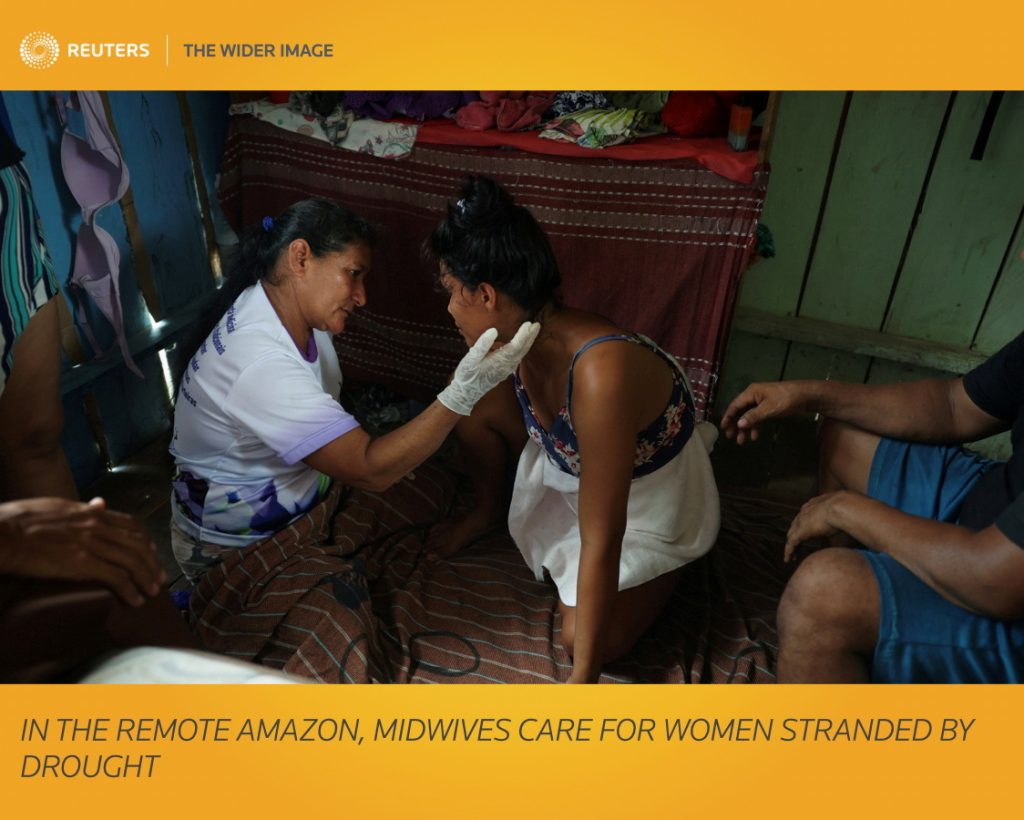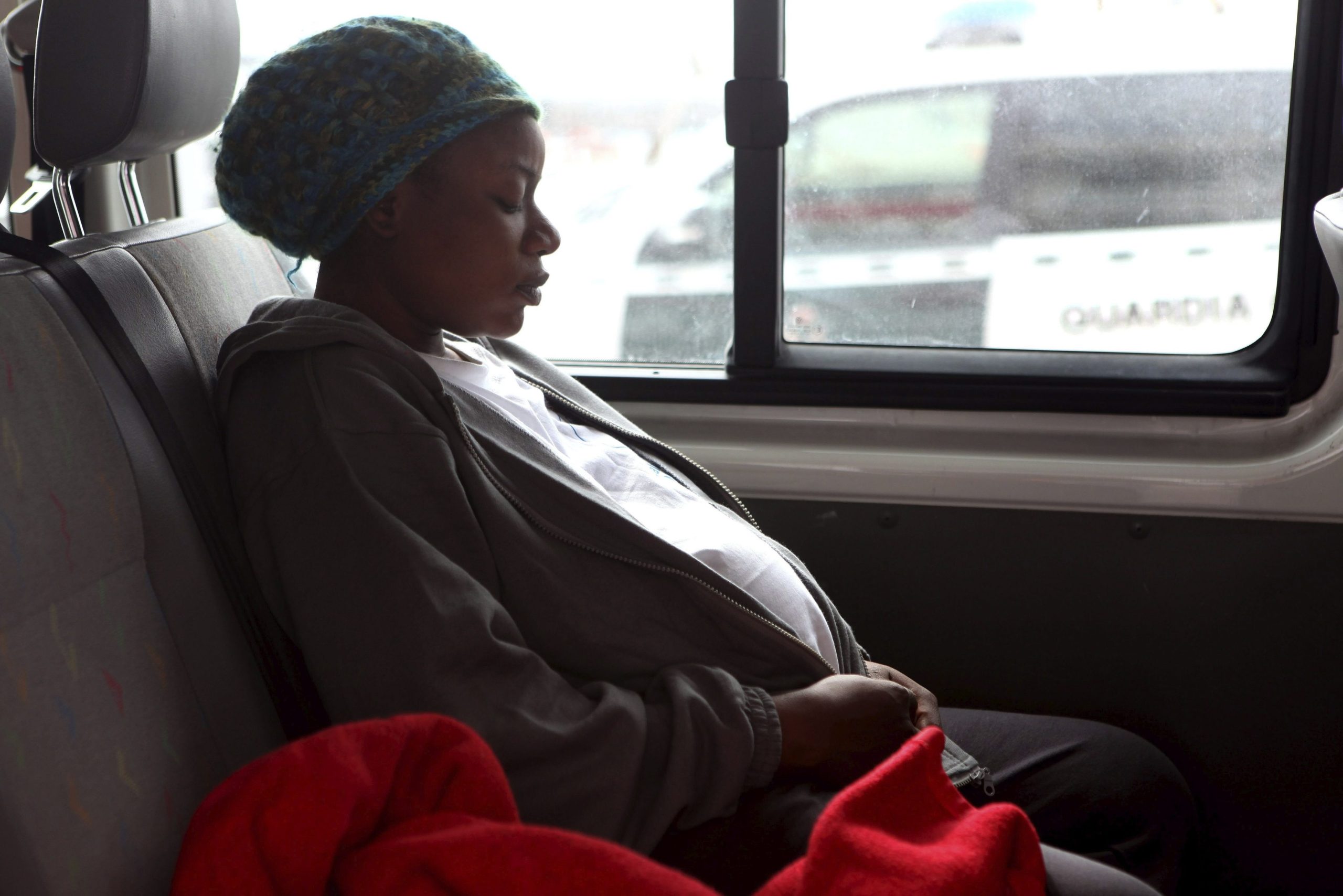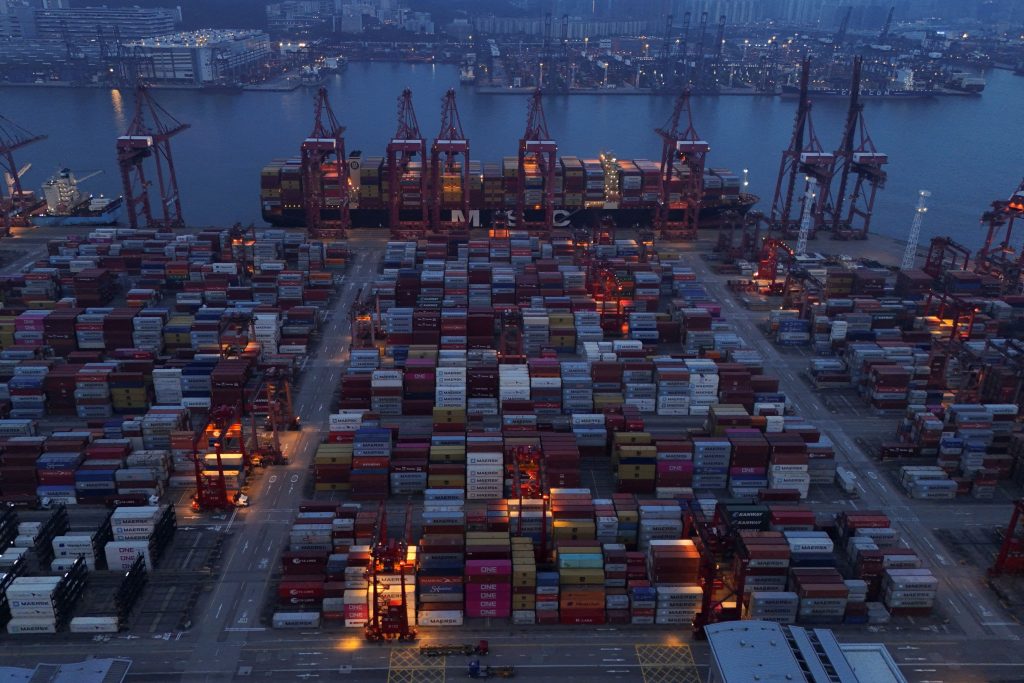Despite decades of progress, the fight against maternal mortality is at a turning point—and global aid reductions may be pushing it in the wrong direction. A new United Nations report on maternal mortality trends warns that while maternal health outcomes improved significantly from 2000 to 2023, those gains are now at risk of unraveling.
According to the report, maternal deaths worldwide dropped by 40% over the past two decades, largely due to expanded access to healthcare services. But progress has slowed sharply since 2016. That year alone saw an estimated 260,000 women die from pregnancy-related complications—equivalent to one maternal death every two minutes.

Deep in the Amazon jungle, a pregnant woman needs help. Her baby is about to come, and a drought has parched the rivers that connect her community to the nearest hospital. Enter Tabita dos Santos Moraes, one of the hundreds of traditional midwives who deliver babies in the remote villages of the world’s largest rainforest. “Relax,” says Tabita, smiling. “We will give birth together, the two of us.” REUTERS/Pilar Olivares SEARCH “OLIVARES MIDWIVES” FOR THIS STORY. SEARCH “WIDER IMAGE” FOR ALL STORIES. TPX IMAGES OF THE DAY TEMPLATE OUT
Stagnation is evident across multiple regions, including Northern Africa and Western Asia, Eastern and South-Eastern Asia, Oceania, Europe and North America, and Latin America and the Caribbean. Aid reductions threaten to further stall or reverse these gains, potentially leading to clinic closures, diminished healthcare staffing, and limited access to critical medicines due to supply chain disruptions.
The report outlines stark disparities in maternal risk. A 15-year-old girl in a high-risk country now faces a 1 in 51 lifetime chance of dying from maternal causes—compared to 1 in 593 in more stable regions.
Officials from the World Health Organization warn that the consequences of these funding cuts will be “structural, deep-seated,” extending well beyond maternal health. Reduced access to treatments for HIV/AIDS, malaria, and other serious conditions will also intensify the dangers for pregnant women and new mothers, Reuters reports.

epa05119333 A pregnant woman stands at her house in a zone of the shanty town of Beco do Sururu, located close to Boa Viagem, the richest neighborhood of city of Recife, Brazil, 22 January 2016. Recife is the Brazilian city with more cases of Zika virus. Brazilian government have organized a group of 250,000 people between militarymen and health authorities to try to erradicate the mosquito that transmit the virus. EPA/Percio Campos
The warning comes amid sweeping cuts to global humanitarian aid. In February 2025, the Trump administration announced plans to eliminate over 90% of the U.S. Agency for International Development’s (USAID) foreign aid contracts—a reduction exceeding $60 billion. The administration has stated that the funds will be redirected toward domestic priorities.
“Global funding cuts to health services are putting more pregnant women at risk, especially in the most fragile settings, by limiting their access to essential care during pregnancy and the support they need when giving birth,” said UNICEF Executive Director Catherine Russell. “The world must urgently invest in midwives, nurses, and community health workers to ensure every mother and baby has a chance to survive and thrive.”



